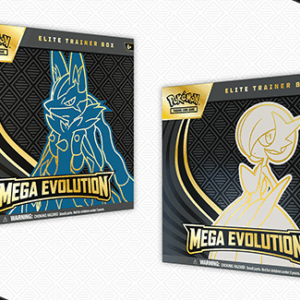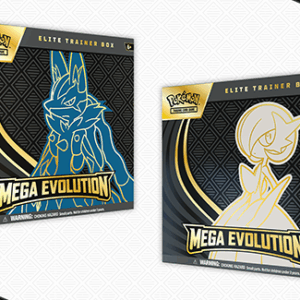In the thrilling—and sometimes cutthroat—world of comic and magazine collecting, where every limited-edition anthology and rare first-issue is worth its four-color weight in gold, speed and style are paramount. The recent unveiling of PSA’s comic and magazine grading service was met with a fair share of anticipation, promising to revolutionize the way collectors preserve and showcase their treasures. Alas, what was launched with fanfare now stands marred by a soggy cardboard box of surprises.
Originally, the appeal was clear. By offering a grading service with enviable turnaround promises—a mere 20 days—PSA was poised to entice collectors eager to quickly immortalize a beloved issue or profit from a hot trend. Alas, the honeymoon was short-lived. That 20-day dream quietly stretched, like an overused piece of chewing gum, into a languid 75-day reality.
Suddenly, speed fell victim to circumstance, and collectors, with one foot in the fast-flipping auction market and another in nostalgic preservation, found themselves unpacking a rather unwelcome extra dose of patience instead. One might almost imagine a collector, picture in hand of Spider-Man’s first appearance curled around a weathered armchair, twiddling thumbs in lamentation. With alternatives available, the waiting game doesn’t sit well with some.
The community, so used to rapid transitions from mail-in to market, has begun to chatter and vent. Questions abound—particularly focusing on whether the value PSA offers justifies such delays. At present, the new grading service is spotlighted with technically generous launch pricing. Bringing modern comic and magazine submissions into the fold falls hard at $25.99, while vintage issues, always afforded that kettle of golden nostalgia, sit at a mere $39.99.
Before one cracks a collector’s smile, though, consider the fresh spanner tossed into the works. Sources hint that PSA encountered an unexpected tangle in tariffs and tangled bureaucracy causing the vital magazine-sized slabs to remain elusive, anticipated only by September’s leaf-scattered breezes. Until then, the waiting line for the proper magazine cases stretches longer than anticipated.
On top of that, PSA attempts to mollify and innovate by introducing a pressing service option. Like a gym-addicted artisan, this service offers to smooth out comic creases, adding $11.99 for modern publications and $29.99 for vintage variants. However, if this pressing entices your collector’s heart, WYSIWYG—a complete operational package only, where pressed and unpressed cannot intermingle. It’s all in or none at all.
Nevertheless, the elephant in the room lounges conspicuously amongst the back issues—the matter of PSA’s label design. While sprucing up the experience with new grading ventures, the same cannot be said about their humble slabs, whose generically stoic appearance lurks woefully on shelves that might bask in the glory of pertinent character art. By comparison, CGC lets collectors unleash their creativity for a bit more moolah, spicing up each slab with vibrant artwork that not only highlights the publication but adds a slice of individuality to the display.
PSA’s current labels appear dull against this backdrop—a akin to displaying a rare, first-edition masterpiece of mystery within a musty plastic protector. In an age where visual appeal adds at least half the thrill—so often debated over mint or near-mint—PSA seems intent on lagging behind, armed with little more than sincere industry prowess to justify one’s boxed expectations. Yet, for those waiting in the wings to apply new slabs to new walls, style remains a key talking point.
Ultimately, PSA’s various hang-ups and slow pace present an enduring challenge. For collectors whose hearts flutter at the thought of vibrant artistry and streamlined processes, CGC unquestionably takes the spotlight as the avant-garde choice for both swift grading and presentation innovation. If PSA genuinely wishes to not just enter, but indeed thrive in this hallowed arena of comic and magazine grading, it’s perhaps time for some bold recalibrations and a rethink of what it means to offer a truly premium product. As it stands, the current allure of PSA’s slabs bears more resemblance to a quiet museum than to the gallery-worthy spectacles that so many collectors crave. Until that happens, CGC’s hold in this area seems hardly challenged and comfortably intact.






